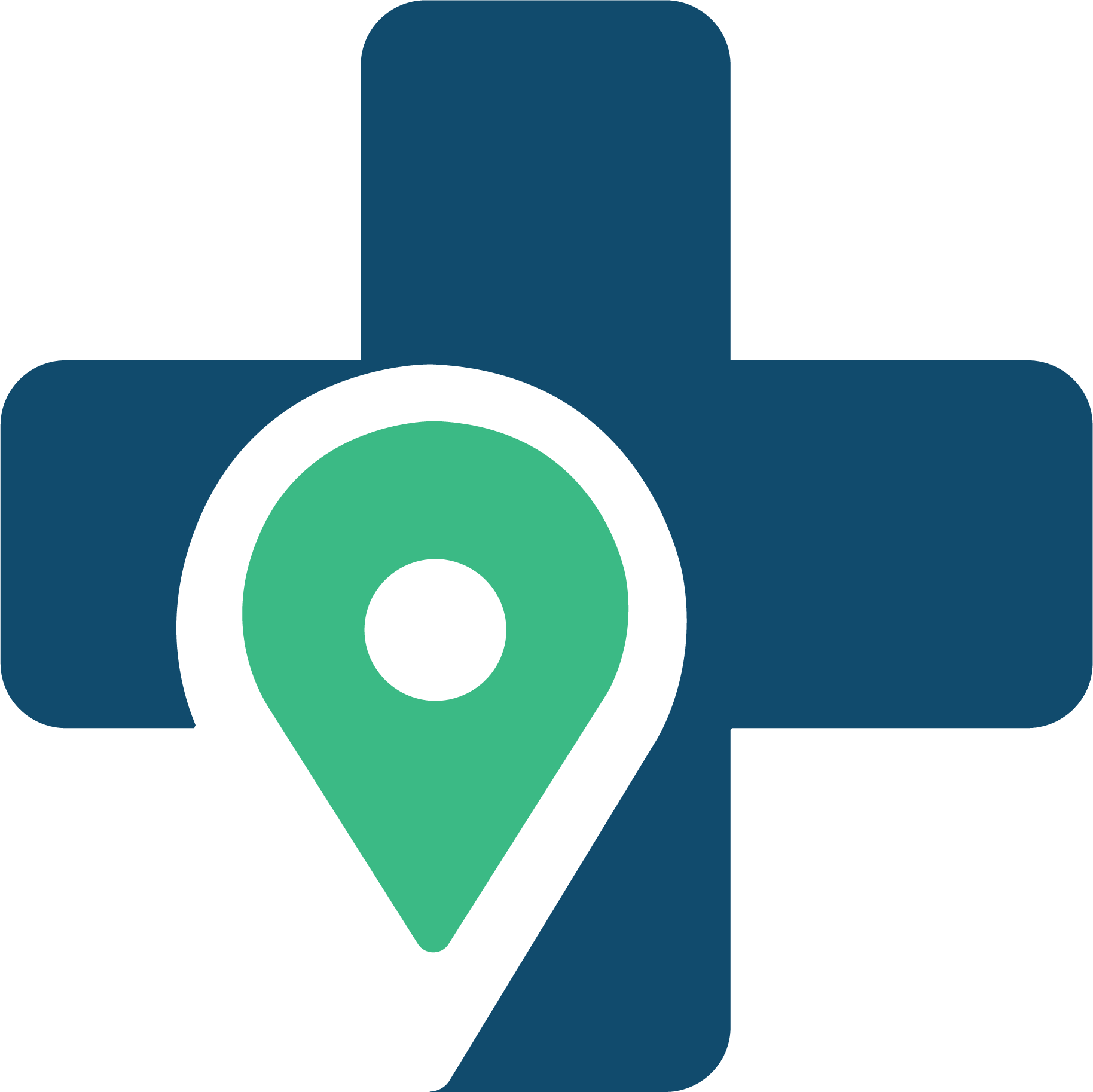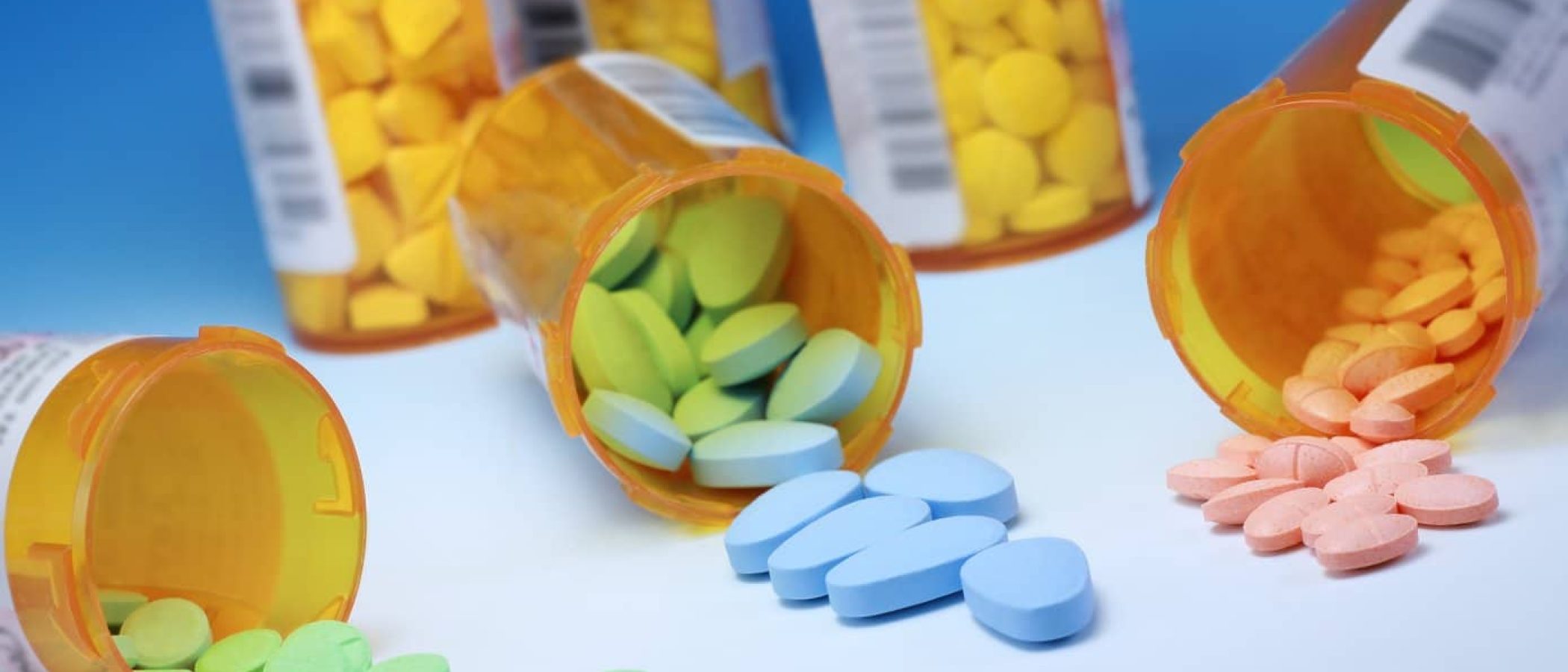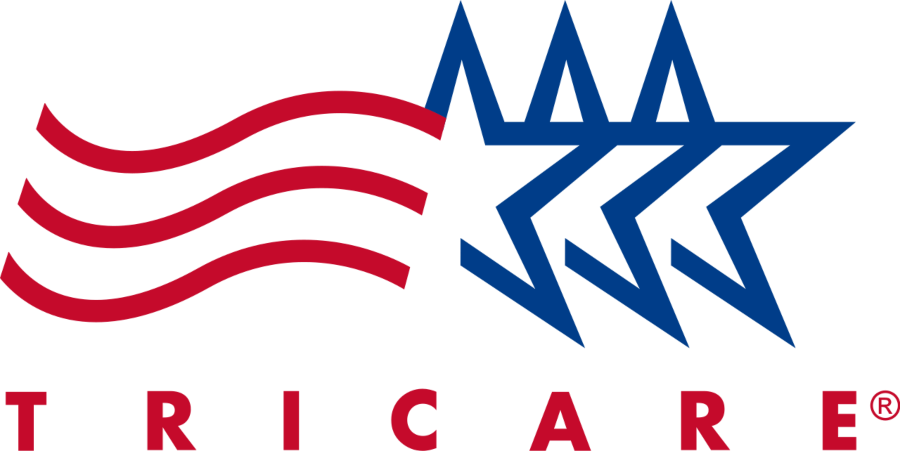What Are Prescription Drugs
Prescription drugs are medications that are prescribed to patients by a qualified healthcare professional in order to treat or manage a diagnosed medical condition. Prescription drugs are regulated by the Food & Drug Administration to ensure their safety, efficacy, and quality, and are only safe and legal when used as prescribed. When prescription medication is misused, it can lead to addiction and can have a devastating effect on physical and mental health.
Types of Prescription Drugs
Prescription drugs are available in many different forms, including pills, syrups, skin patches, and injectable liquids.
Prescription drug abuse is most commonly seen in the following types of medication:
- Opiates: Opioid medications are designed to treat pain by mimicking the release of endorphins that help your brain to mask feelings of pain and discomfort. It is usually the euphoria induced by these false endorphins and the ensuing release of dopamine (the brain’s pleasure chemical) that leads to opiate addiction. Common opioids include hydrocodone, morphine, codeine, and fentanyl.
- Sedatives: Also known as tranquilizers, sedatives are Central Nervous System (CNS) depressants that slow down brain activity, relieve anxiety, and help remedy sleep issues. Common sedatives include benzodiazepines (also known as benzos) and barbiturates. Sedatives induce feelings of calm, serenity, and relaxation, making them very attractive to individuals suffering from chronic anxiety.
- Stimulants: CNS stimulants are usually prescribed to treat conditions such as attention deficit hyperactivity disorder (ADHD) and narcolepsy. Stimulant drugs boost brain activity, increase attention and alertness, and activate the release of various chemicals in the brain such as dopamine. The rush of dopamine triggered by stimulants can result in stimulant addiction. Common prescription stimulants include Adderall and Ritalin.
Symptoms of Prescription Drug Abuse and Addiction
Prescription drug abuse is when medication is not taken as prescribed, and often when it has not even been prescribed to the user at all. Some common symptoms of drug abuse and addiction include:
- Increased tolerance: A sign of drug abuse is requiring higher doses of the drug in order to achieve the same effect as with lower initial doses in the past.
- Withdrawal: When attempting to stop taking the drug, the user may feel physically ill and have a range of undesirable mental effects as a result of withdrawal.
- Inability to stop: One of the key signs of drug addiction is being unable to stop taking the drug, regardless of any ill physical and mental effects, and any negative consequences that have resulted from use, such as criminal acts, medical crises, or resulting family trauma.
- Obsessive behavior: When someone is addicted to a drug, it becomes their sole focus and they will do anything in order to obtain and use the drug, even if it causes problems in their personal and professional lives.
More specific signs and symptoms of prescription drug abuse depend on the drug being used.
Symptoms of Opioid Abuse
- Constipation
- Nausea
- Euphoria
- Slow breathing
- Drowsiness and confusion
- Poor coordination
- Higher dose required for pain relief
- Increased sensitivity to pain despite higher doses
Symptoms of Sedative Abuse
- Drowsiness
- Dizziness and confusion
- Unsteady walking
- Slurred speech
- Poor concentration
- Memory problems
- Slower breathing
Symptoms of Stimulant Abuse
- Increased alertness
- Euphoria
- Irregular heartbeat
- High blood pressure
- High body temperature
- Low appetite
- Insomnia
- Agitation
- Anxiety
- Paranoia
Some signs the abuse of all prescription drugs have in common include stealing, lying, excessive mood swings, increased or decreased sleep, reckless behavior, and requesting early refills.
Risk Factors for Prescription Drug Abuse and Addiction
While prescription drug addiction and abuse can occur at any age, it is most often seen in young adults (aged 18 to 25) and teenagers.
Risk factors for prescription drug abuse include:
- Past or present addictions to other substances, including alcohol, tobacco, and other narcotics
- Family history of substance abuse
- Certain pre-existing psychiatric conditions
- Exposure to peer pressure or social environments where others are using drugs
- Easy and unrestricted access to prescription medication
- Lack of knowledge about prescription drugs and their negative effects
How to Prevent Prescription Drug Addictions
One of the best ways to reduce the risk of prescription drug addiction is to only take medication exactly as prescribed and to never take medication prescribed to someone else.
In many cases, only prescription drugs can help treat and manage health issues, so it is important to know how to reduce the risk of developing an unhealthy dependency on them.
Consult with a Doctor
It is important to get a diagnosis from a qualified doctor so that the right medication is prescribed for the specific medical condition. If the patient is at higher risk of developing an addiction, they should ask if there is an alternative medication option containing fewer addictive ingredients.
Follow Instructions
Prescription medication should only be used exactly as prescribed. It should not be stopped suddenly, and the dosage should never be changed without instructions from the prescribing doctor. The patient must read the medication’s patient information guide thoroughly and speak to their doctor to take note of any drug interactions.
Do Not Share Medication
Everyone is unique and the way two patients with the same condition react to the same or similar medication can differ. This means that medication should never be shared. To ensure that prescription medication does not get into the wrong hands, the quantity of medication should always be kept track of, and it should be always kept out of sight and the reach of others (especially children).
Proper Disposal
Unused or expired drugs should never be left lying around. Check the label or patient information guide or consult with a doctor or pharmacist for advice on correct disposal.
Buy Authentic Medication
Prescription drugs should never be ordered online, unless from a trustworthy pharmacy or on a doctor’s recommendation. Some websites sell counterfeit prescription drugs that may not require a valid prescription and could be extremely dangerous.
Prescription Drug Addiction Treatment
Treatment options for prescription drug abuse vary depending on the individual, the severity of the addiction, as well as the type of drug being abused. Counseling, psychotherapy, detoxification, addiction medication, and recovery support are all common treatment options.
Counseling
Speaking to an experienced professional is always beneficial. Counseling helps to develop the skills and coping mechanisms necessary to resist cravings, avoid relapse, and live a healthier, drug-free life.
Withdrawal
In most cases, an initial detox is needed. Withdrawal can be dangerous and should only be done under the guidance and supervision of a qualified medical professional.
- Opiate Withdrawal: This usually involves weaning the person off the medication by gradually decreasing the dose until it is no longer used. Certain medications can be used during the weaning process to manage or ease opiate withdrawal symptoms.
- Sedative Withdrawal: It may take weeks to slowly taper off these sedative drugs since the body needs time to adjust to lower doses and ultimately the cessation of taking the drug. Individuals may also need mood stabilizers to help them through the transition.
- Stimulant Withdrawal: There are no FDA-approved drugs used for treating stimulant withdrawal. Treatment typically focuses on gradually tapering off the medication and helping relieve any withdrawal symptoms that may occur.
Work with a Treatment Center
Prescription drug addicts often need professional help. If they try to quit themselves, they may experience flu-like and other negative physical symptoms or even seizures. A certified medical detox program will use tried and tested therapies and techniques to soothe distress in order to make withdrawal safe and as comfortable as possible.
Most treatment centers use detox, medication therapy, and counseling. People who enroll in these programs can work with professional therapists in order to understand how the issue came about and what can be done to prevent the risk of relapse. Relapse is a very real possibility, and a treatment center will work with the patient to significantly minimize the risk of relapse.
Get Help for your Prescription Drug Addiction
With the right assistance, treatment, and support, a full recovery from prescription drug addiction is possible. Get in touch with us today to find out how we can help you get your life back on track.









